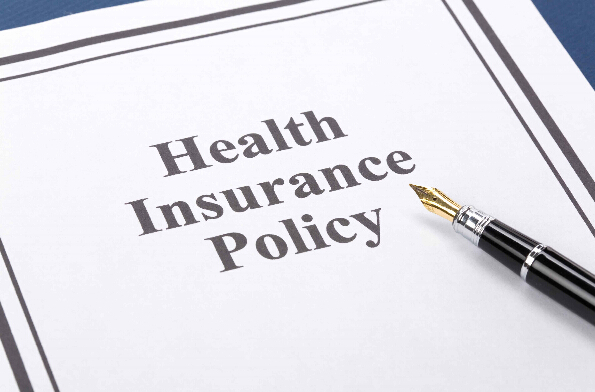

U.S. health insurance system also has its high diversity, dispersion and complexity. From the types of insurance , the three main types of health insurance , particularly private insurance and managed care organizations, can be subdivided into dozens of other types of insurance coverage for insured persons to choose from.
Operators from the insurance point of view, there is the government, commercial insurance companies , there is a non-profit organization , they also have a self-managed . From the geographical point of view , there is the country, there are states , and even cities, counties run by . Ways and from the insurance policy, it is vastly different, varied. Such a diversity and complexity of the advantages available for the insured person has sufficient choice, can better adapt to the different needs of different groups , control insurance costs , improve service quality.
But the problem is caused by the diversity and complexity of the hand is insured by insurance and can not be reasonably difficult to choose to use the insurance policy , the insured and enjoyment of the difficulties caused by insurance ; hand on the insurance market operation, management and monitoring has become very difficult and complicated. The result is a variety of insurance agencies , service agencies ( such as the clearing house ) came into being , a variety of management tools, technical complexity and diversity . Resulting in an increase in the insurance part of the cost increase, and cause insurance costs to rise. For example , according to the survey , the U.S. administration costs of various types of health insurance organizations in about 20% of the premium.
In addition, the U.S. health insurance system is also showing a lack of insurance coverage face the problem of limited level of protection. Due to non-mandatory medical insurance, insurance companies insured object has a certain selectivity, the United States does not have any health insurance to protect persons in 1997 amounted to about 43.4 million, representing approximately 16.1% of the population; rather poor crowd about 31.6% and 30% of children have no health insurance. Although U.S. law requires hospitals may not refuse to uninsured people get health care, but who do not have insurance on the ease of access to medical services, level, time will be greatly limited. Both groups will have insurance due to the different types of insurance, access to health services on the quality, level, time and personal expense will be very different. Thus, in the United States, the world's most economically developed countries, many people get reasonable health services is difficult or is insufficient, some basic health indicators of residents ranked only eighteenth place in the world.
Same patients in the United States are also facing the problem of high medical costs. The United States is the world's highest national medical costs, about $ 1.1 trillion in 2000, accounting for about U.S. GDP14%. High medical costs and market mechanisms to stimulate the development of the health care industry in the United States, making the U.S. high-tech medical technology, the latest pharmaceutical products, a high level of medical services has been in a leading position in the world. However, due to health care costs rose too fast, too high, resulting in rising health insurance costs, become the government, enterprises and individuals in a heavy economic burden on some companies, individuals had to reduce the level of protection, or even abandon insurance. Resulting Americans get health care services but the overall level is low, the actual average health and health care quality is still below average in many developed countries, with the United States high costs disproportionate. Cause of medical expenses are so high is multifaceted, but free-market health care and insurance system can notnot the main reason.



















